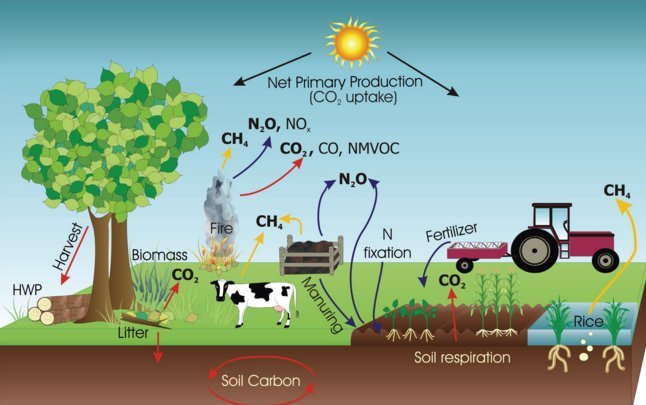
हम कैसे देखें इस तस्वीर को
कैसे न देखें
न देखना कैसे देखें
नातिन की शादी से चंद रोज़ पहले की बात है
एक नाना झूल गए पेड़ पर
नाना जो कि भारत के किसान हैं
उस भारत का क़र्ज़ा था इनपर
कुल पचास हज़ार
गोद में लेकर कितना खेला होगा नातिन से
कंधे पर लेकर दूर तक दौड़े होंगे
न जाने कितनी बार
उन खेतों में
जिनकी पैमाइश मात्र तीन एकड़ है
जिनसे पैदा हुआ चार कुंतल गेहूँ है
ज़िला झाँसी थाना समथर
उम्र पैंसठ साल
हार गया जो जीवन का समर
मर गया जो लटक कर
घर गया जो ख़बर लिखकर
सो गया जो ख़बर पढ़कर
सबको नींद आती ही रही
वही जागता रहा दिन भर
खेत में खड़े पेड़ के नीचे
खड़ा हो गया खेत छोड़ कर
नाना
काश आप भी भाग जाते
किसी ललित की तरह
किसी विजय की तरह
आ जाते चुपके से शादी की रात
भींच कर बाहों में नातिन को
चुपके से रो तो लेते
उसे विदा तो कर देते चुपचाप
किसी कवि की संवेदना से बाहर
किसी सरकार की वेदना से दूर
बंद रास्तों में फँसी आपकी आत्मा
तड़पती रही होगी
मुक्त होने के लिए
वहाँ जाने के लिए
जहाँ या तो कोई क़र्ज़दार जाता है
या कोई उम्रदराज़
किसान का मरना किसका मरना है
न किसान जानता है
न भारत महान जानता है
हम कैसे देखें इस तस्वीर को
कैसे न देखें
न देखना कैसे देखें
न भगवान जानता है
न जनता का भगवान जानता है
कैसे न देखें
न देखना कैसे देखें
नातिन की शादी से चंद रोज़ पहले की बात है
एक नाना झूल गए पेड़ पर
नाना जो कि भारत के किसान हैं
उस भारत का क़र्ज़ा था इनपर
कुल पचास हज़ार
गोद में लेकर कितना खेला होगा नातिन से
कंधे पर लेकर दूर तक दौड़े होंगे
न जाने कितनी बार
उन खेतों में
जिनकी पैमाइश मात्र तीन एकड़ है
जिनसे पैदा हुआ चार कुंतल गेहूँ है
ज़िला झाँसी थाना समथर
उम्र पैंसठ साल
हार गया जो जीवन का समर
मर गया जो लटक कर
घर गया जो ख़बर लिखकर
सो गया जो ख़बर पढ़कर
सबको नींद आती ही रही
वही जागता रहा दिन भर
खेत में खड़े पेड़ के नीचे
खड़ा हो गया खेत छोड़ कर
नाना
काश आप भी भाग जाते
किसी ललित की तरह
किसी विजय की तरह
आ जाते चुपके से शादी की रात
भींच कर बाहों में नातिन को
चुपके से रो तो लेते
उसे विदा तो कर देते चुपचाप
किसी कवि की संवेदना से बाहर
किसी सरकार की वेदना से दूर
बंद रास्तों में फँसी आपकी आत्मा
तड़पती रही होगी
मुक्त होने के लिए
वहाँ जाने के लिए
जहाँ या तो कोई क़र्ज़दार जाता है
या कोई उम्रदराज़
किसान का मरना किसका मरना है
न किसान जानता है
न भारत महान जानता है
हम कैसे देखें इस तस्वीर को
कैसे न देखें
न देखना कैसे देखें
न भगवान जानता है
न जनता का भगवान जानता है
मित्रों ये ख़बर अभी आई है कि एक किसान मर गया है । ये ख़बर तो कब की आ चुकी है कि उससे पहले हम सब मर चुके हैं ।
from naisadak.org
from naisadak.org
